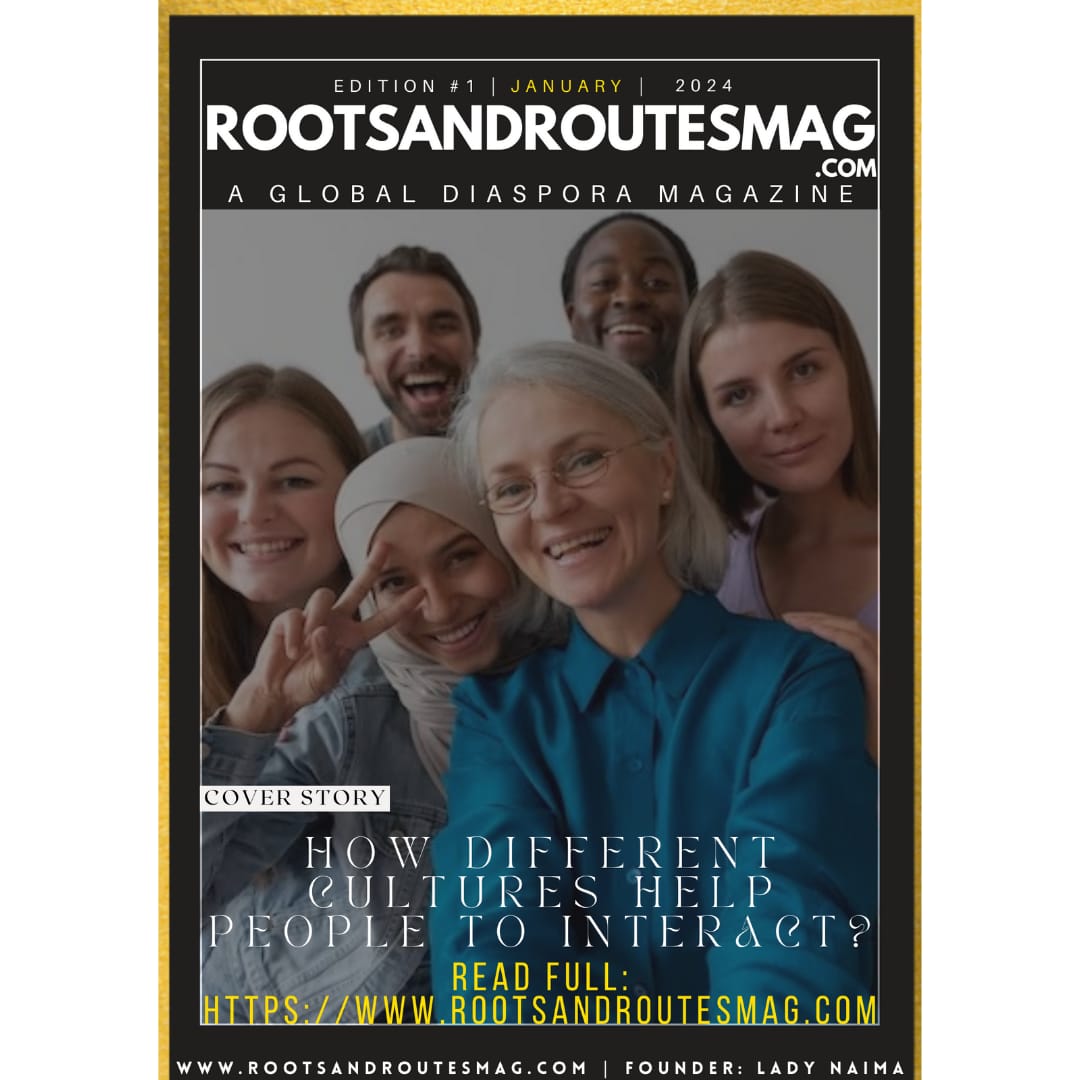How Different Cultures Help People To Interact?

Different cultures definitely play a significant role in how people interact with each other. Let’s dive into it!
Cultures Around The World
Cultures around the world have their own unique customs, traditions, and social norms that shape the way people communicate and connect with one another. These cultural differences can greatly influence the dynamics of social interactions and help foster understanding and appreciation among individuals from diverse backgrounds.
One way in which different cultures facilitate interaction is through language. Language is not just a means of communication, but it also reflects the values, beliefs, and cultural nuances of a particular community. When people from different cultures interact, they have the opportunity to learn new languages, phrases, and expressions, which can strengthen their connection and create a deeper understanding of one another.
A Platform For People
Additionally, cultural practices and rituals provide a platform for people to come together and engage in shared activities. Festivals, celebrations, and gatherings allow individuals to interact in a relaxed and joyful atmosphere, promoting social cohesion and fostering a sense of community. These events often involve traditional music, dance, food, and attire, providing a rich and immersive experience that encourages people to interact and learn from one another.
Different cultures also have varying communication styles and non-verbal cues. For example, in some cultures, direct eye contact is seen as a sign of respect and attentiveness, while in others, it may be considered impolite or confrontational. Understanding and respecting these cultural differences can greatly enhance interpersonal interactions and prevent misunderstandings.
Cultural Diversity
Moreover, cultural diversity opens up opportunities for individuals to broaden their perspectives and gain new insights. Interacting with people from different cultures exposes us to alternative ways of thinking, problem-solving, and decision-making. This cross-cultural exchange of ideas can lead to innovation, creativity, and a more inclusive society.
In conclusion, different cultures provide an invaluable platform for people to interact and connect with one another. Through language, traditions, communication styles, and shared experiences, cultural diversity enriches our social interactions and helps us build meaningful connections with individuals from all walks of life. So let’s embrace and celebrate our differences, as they truly enhance our ability to interact and learn from one another.

Tariq Riaz is a passionate web developer and content generation expert.










Exploring and reflecting on cultural differences and varieties can be a fascinating and enriching journey. Culture is a complex and multifaceted concept that manifests in various dimensions.
Let’s delve into some of these aspects:
Individual Culture:
Personal beliefs, values, and behaviors.
Shaped by upbringing, experiences, and personal choices.
Can differ even within the same family due to individual experiences and perspectives.
Community/Group Culture:
Shared values, traditions, and norms within a specific community or group.
Can include subcultures within larger societies (e.g., youth culture, countercultures).
Defines the identity of the group and influences members’ behaviors.
National Culture:
Shared values, customs, traditions, and symbols within a nation.
Influences language, communication styles, and societal norms.
National events and historical context contribute to shaping culture.
Private Culture:
The unique culture within a family or a small social unit.
Involves family traditions, rituals, and shared experiences.
May be influenced by ethnicity, religion, or regional differences.
Corporate/Organizational Culture:
Shared values, norms, and practices within a workplace.
Influences how employees interact, communicate, and approach their work.
Can be shaped by leadership, company history, and industry norms.
Temporal Dimension:
Culture evolves over time, influenced by historical events and societal changes.
The way people perceive certain values or traditions can shift across generations.
Geographical Dimension:
Different regions within a country or across countries may have distinct cultures.
Climate, geography, and available resources can impact cultural practices.
Situational Context:
Culture can vary depending on the context, such as formal versus informal settings.
The same individual may exhibit different cultural behaviors in different situations.
Globalization and Cross-Cultural Interactions:
Increasing interconnectedness brings about the blending of cultures.
Cultural exchange through travel, media, and technology influences the global cultural landscape.
Cultural Adaptability:
Individuals and communities may adapt and integrate aspects of other cultures.
Adaptability is crucial in today’s interconnected and diverse world.
Reflecting on these aspects, let´s consider the following questions:
– How has your individual culture been shaped by your personal experiences?
– In what ways does your community or group culture influence your identity?
– Are there noticeable national or regional cultural differences that impact your daily life?
– How does the culture within your workplace or organization contribute to its overall atmosphere?
– Have you experienced instances where cultural differences led to misunderstandings or enriched your perspective?
By contemplating these questions, we can gain deeper insights into the richness and complexity of cultures and the various factors that contribute to their formation and evolution.
Embracing cultural diversity can enhance empathy, understanding, and collaboration in an increasingly interconnected world.